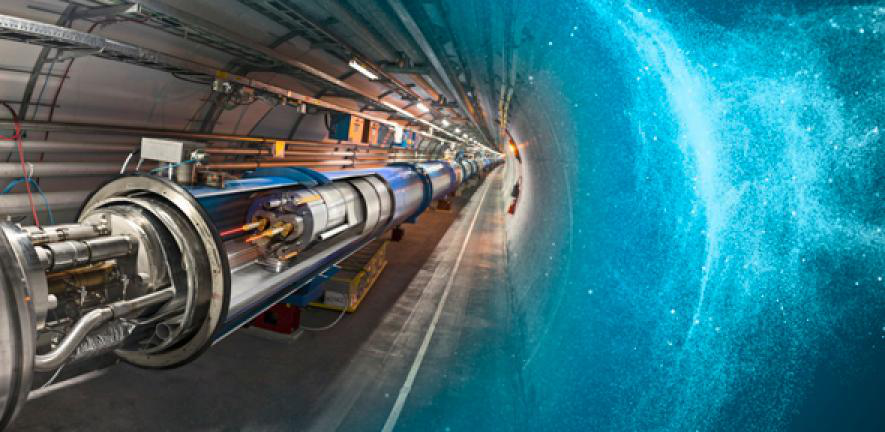Speaker
Description
Dark matter is believed to constitute the majority of the matter content of the universe, but virtually nothing is known about its nature. Physical properties of a candidate particle can be probed via indirect detection by observing the decay and/or annihilation products. While this has previously been done primarily through gamma-ray studies, the increased sensitivity of new radio interferometers means that searches via the radio bandwidth are the new frontrunners. MeerKAT's high sensitivity, ranging from 3 $\mu$Jy beam$^{-1} $ for an 8 arcsecond beam to 10 $\mu$Jy beam$^{-1} $ for an 15 arcsecond beam, make it a prime candidate for radio dark matter searches. Using MeerKAT Galaxy Cluster Legacy Survey (MGCLS) data to obtain diffuse synchrotron emission within galaxy clusters, we are able to probe the properties of a dark matter model. In this work we consider both generic WIMP annihilation channels as well as the 2HDM+S model. The latter was developed to explain various anomalies observed in Large Hadron Collider (LHC) data from runs 1 and 2. The use of public MeerKAT data allows us to present the first WIMP dark matter constraints produced using this instrument.

